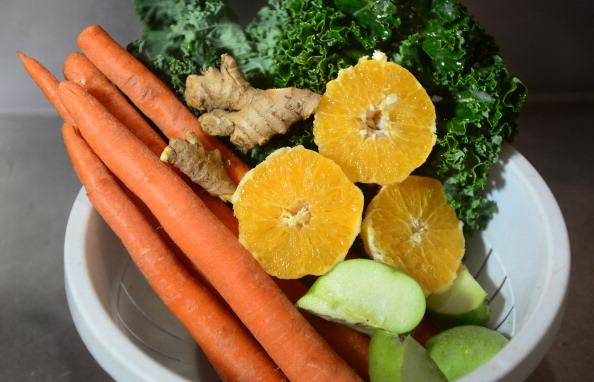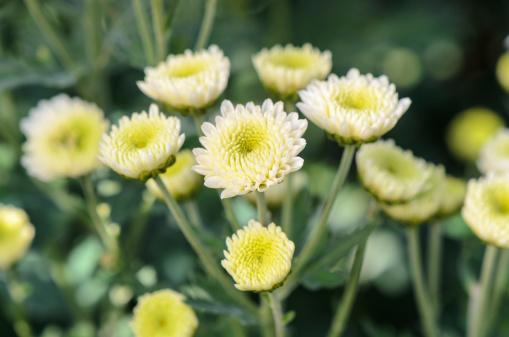In an earlier article on food for health and wellness you learned about the Japanese dish yuki nabe, or “snow” hot pot, made with daikon and tofu. This article is about why a dish of fish and burdock root, known as gobo in Japanese, is a perfect complement to yuki nabe.
People in traditional societies have for centuries used food to treat and prevent health problems of all kinds. The ancient Chinese understood food in relation to the Taoist philosophy of yin and yang—the principles that form the backbone of traditional Chinese medicine. For the Chinese, meals were one of the many ways to maintain harmony with the natural laws of the universe.
The nature of yin embodies the feminine, the moon, darkness, night, and cold or cool energy, whereas yang is the masculine, the sun, brightness, day, and hot or warm energy. Yin cools and calms, easing tension, and helping us relax. Yang is energizing and enables us to act, stay focused, move, and respond appropriately to different situations.
According to traditional Chinese medicine, the body needs a balance of yin and yang in order to be healthy, and foods are classified as having either yin or yang qualities depending on how they affect the body. Yin foods have a cooling and calming effect, while yang foods have a warming and energizing effect. Meats and some vegetables are considered more yang, whereas tofu, daikon, scallions, and most green, leafy vegetables are more yin in nature.
The yin-yang principles can be traced back as far as China’s first recorded dynasty, the Shang Dynasty (circa 1700s–1100s BC), but probably predate it. They manifest as two opposite but interdependent states that constantly transform into one another—yin into yang, yang into yin—in an endless cycle of change.
Here are two yang recipes that I cook to complement the daikon-tofu nabe dish. Kinpira is a Japanese term for the sauté and simmer cooking method that is often used to cook root vegetables. Burdock root, or gobo, is slim, about 20 inches to 30 inches long, is high in fiber, and has an earthy taste when cooked. A classic kinpira gobo has carrots with it, and the ratio is four parts burdock root to one part carrots—about one long burdock root to one medium-sized carrot. You can buy burdock root from most Asian supermarkets or grocery stories.
Burdock-Carrot Kinpira
Ingredients
1 long burdock root (julienned or finely shaved)
1 medium-size carrot (julienned)
1 tablespoon sesame oil
2 tablespoons soy sauce
A few tablespoons of water
1/2 teaspoon sugar (optional)
Chopped cilantro to garnish
1 tablespoon toasted sesame seeds (optional)
Preparation
1. First, wash and scrub the burdock with a vegetable brush, but do not peel the skin, then finely julienne or shave into tiny leaf-like slices.
2. Wash and julienne the carrots.
3. Heat a pan over high flame and add oil to the pan being careful not to let it get so hot it starts smoking.
4. Add the burdock and carrots and sauté until the vegetables absorb the oil.
5. Lower the heat to medium flame, and add some water and two tablespoon of soy sauce and sugar if desired.
6. Let the vegetables simmer for two to three minutes or until the liquid has evaporated.
7. Taste a piece of burdock, and if it is still crunchy and hard, add a bit more water and simmer for a few minutes.
8. Remove from heat, and toss with toasted sesame and chopped cilantro.
9. Serve with hot brown rice and yuki nabe.
Fish With Burdock and Carrots
You can make this recipe with either a carp or salmon. Use wild-caught salmon instead of farmed salmon whenever possible because farm-raised salmon tend to have more toxins, artificial dyes, antibiotics, and more fat due to their small living enclosures. This dish is often prepared for women after childbirth to help nourish and replenish their energies, but everyone can enjoy it. It is good for chilly winter nights when you need something warm and nourishing.
Utensils
Pressure cooker
Metal flame de-fuser if you have a gas stove.
Ingredients
1 cup of burdock (julienned or finely shaved)
1 cup of carrots (julienned)
1 cup of used/recycled Japanese green teas kukicha twigs or bancha, (you can order these online or find them at your local Asian food store)
1 whole fish about 12 inches to 14 inches long (carp or salmon)
Water to cover 3/4 of the fish
1 tablespoon of red miso
Preparation
1. Scrub the burdock with a vegetable brush (without peeling off the skin), then julienne or shave into tiny leaf-like slices.
2. Wash and julienne the carrot.
3. Clean the fish leaving the head on.
4. Place the fish in the pot with the burdock, carrots, and used kukicha twigs. If you are unable to find kukicha, you can substitute a recycled bancha teabag.
5. Add enough water to cover three-quarters of the fish.
6. Place the pressure cooker on medium to high flame to bring the pressure up. Then reduce the heat to low, and place the flame de-fuser on a gas burner, or turn an electric burner to low under the pressure cooker.
7. Let the fish cook under high pressure for 45 minutes to an hour.
8. Turn off the heat and wait for pressure to go down.
9. Add some water to the tablespoon of miso to form a paste, stir into the fish broth, and let simmer for about five minutes. Serve hot.
Drink the broth and eat the vegetables and the fish meat, which should be very soft and tender. Since it has a very warming effect on the body, it should not be eaten too frequently or with too many other yang foods.
Note: These natural food remedies are for maintaining your health and wellness. They are not meant to replace any medical treatment. If you have a diagnosed condition, or in doubt, you should always seek medical advice.
Dr. Margaret Trey has a doctorate in counseling from The University of South Australia. She was trained in oriental medicine, shiatsu, and macrobiotics, and was the director of Spirit Shiatsu in Australia for over 10 years. Now based in New York, she writes and continues her research on the effects of meditation on health and wellness.





